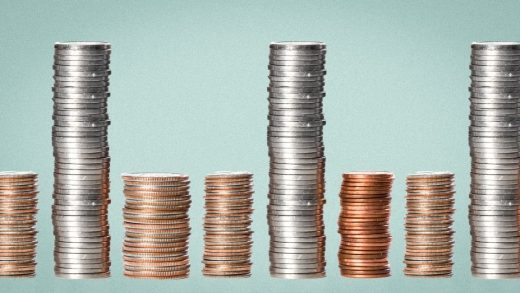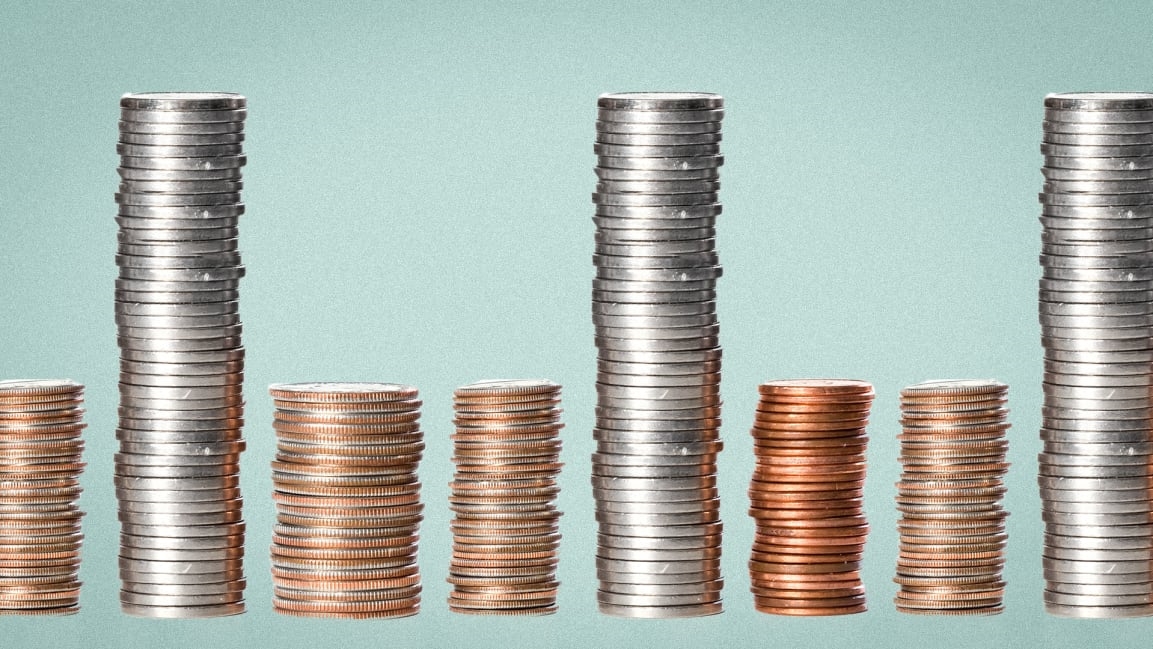Why is nickel up? Dramatic price increase sparks LME trading halt, but don’t panic yet
Nickel isn’t a precious metal, but these days investors could’ve fooled you. The base metal’s price has skyrocketed over the last 48 hours with a stunning 250% rise that led the London Metal Exchange (LME) to halt trading on Tuesday.
Why this, and why now?
Nickel’s enormous rally caught some off guard, especially given that other raw materials like zinc, lead, copper, and aluminum either settled at modest bumps or even retreated from the market. But it might’ve been less surprising to somebody watching the evolving Russia-Ukraine conflict, who is also knowledgeable about the geopolitics of metal. According to Bloomberg, Russia exports 17% of the world’s top-grade nickel as its third-largest producer, so of course, its regional instability would disrupt the market, that person could’ve told you. Nickel is also historically the most volatile of the metals.
And it happens to be in constant demand. It’s used to manufacture stainless steel—obviously ubiquitous—and lithium-ion batteries for electric vehicles, which have become trendier than ever as Tesla and its competitors flood the space. Fears of a supply shortage likely drove prices skyward, a senior market analyst from Oanda, a foreign exchange company, told Barron’s. “Price action in the nickel market overnight suggests a sense of panic,” said the analyst, who also forecast that the squeeze on commodities is here to stay.
The LME canceled transactions and suspended trading Tuesday after nickel’s price jumped 90% to $55,000 per metric ton Monday, and then leapt again to a record high of $100,000 the next day, nearly quadrupling last Friday’s price. News sources called the halt the greatest crisis to hit the LME in decades, after nickel made the biggest move in the 145-year-old exchange’s history.
The squeeze also tightened after China’s Tsingshan Holding Group—one of the world’s nickel and steel titans, owned by billionaire Xiang Guangda—was forced to recoup on a massive short position it had been building since last year, when it bet that prices would drop, Reuters reported. It subsequently bought up huge chunks of nickel to relieve its short bets and avoid margin calls, sending nickel prices through the roof.
That last detail might explain, at least partly, why the spike was so acute. (While Russia also supplies a significant percentage of the world’s aluminum, that metal has seen nowhere near the buying frenzy, and even lost more than 7% Tuesday.) One ING commodities strategist described the nickel market as “absolutely insane” to Reuters: “The fundamentals alone won’t be able to explain these prices.” Another pointed a finger at Tsingshan as a catalyst. “The big short by Tsingshan triggered prices, but we were already in a tight supply situation that was exaggerated by Russian sanctions,” Amalgamated Metal Trading’s head of research told Reuters.
However shocking, experts have noted that the nickel surge likely won’t hurt your wallet the way an oil surge might—because you simply don’t use that much of it. Stainless steel shows up mostly in appliances, kitchen utensils, and machines, which are typically one-time purchases for households. Even the U.S. five-cent coin, despite its namesake, is an alloy composed mainly of copper with just a quarter nickel.
LME warehouses are currently storing 75,000 metric tons of nickel, reportedly the exchange’s lowest inventory since 2019.
(53)



